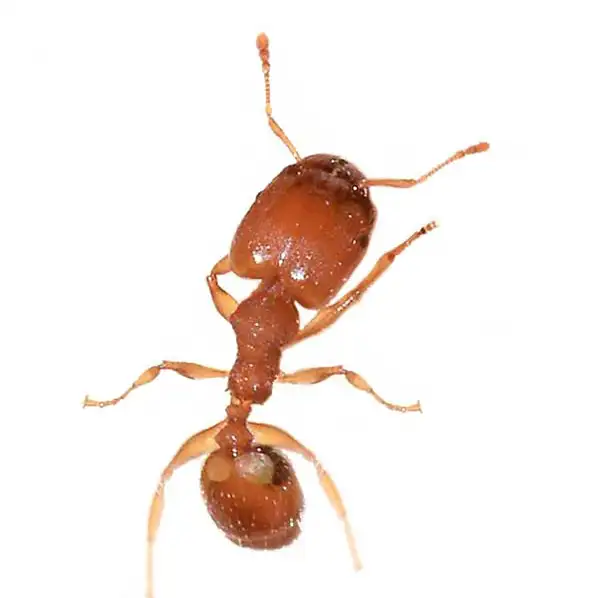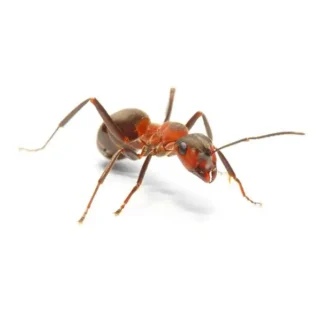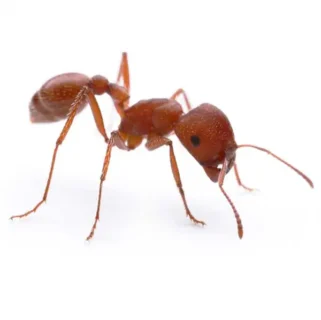Bigheaded Ants in Central Arkansas
Bigheaded ants are regarded as one of the most challenging invasive species worldwide due to their ability to reproduce throughout the year. They are notorious for constructing vast underground nests that extend across lawns and landscapes, often displacing soil and causing it to surface through cracks in driveways, patios, and near building foundations. These ants are adept at building their nests in close proximity to structural foundations, where they create mud tubes mistaken for termite activity.
Bigheaded Ant Habitat
Typically nesting in soil, bigheaded ants thrive on a diet comprising small insects and the sweet honeydew they extract from their surroundings. Their nests are frequently found in disturbed habitats such as driveways and lawns but can also be located in leaf litter, stacked firewood, along fences, and even within building walls. Infestations often start outdoors or beneath slab foundations, with potted plants being a common medium for these ants to infiltrate indoor environments.
Bigheaded Ant Behaviors, Threats, or Dangers
While they generally do not bite unless provoked, and their bites are relatively harmless, bigheaded ants are considered a significant nuisance. They are known to create unsightly piles of dirt and sand and are often found foraging in kitchens, bathrooms, and around household entry points such as doors and windows. These ants are particularly problematic near home structures, ornamental plants, and walkways. In commercial settings, they can become a severe issue, with reports of large numbers of both live and dead ants being a common complaint. Eliminating a bigheaded ant infestation requires addressing the entire supercolony, as partial treatments will not suffice.
If you suspect a bigheaded ant issue, it is best to contact a professional ant exterminator.
Need help with Bigheaded Ant control?
Need Pest Control Service?
Leave your information below and we’ll be in touch with a FREE quote!
"*" indicates required fields
*During normal business hours. After hours calls will be returned the next business day.




